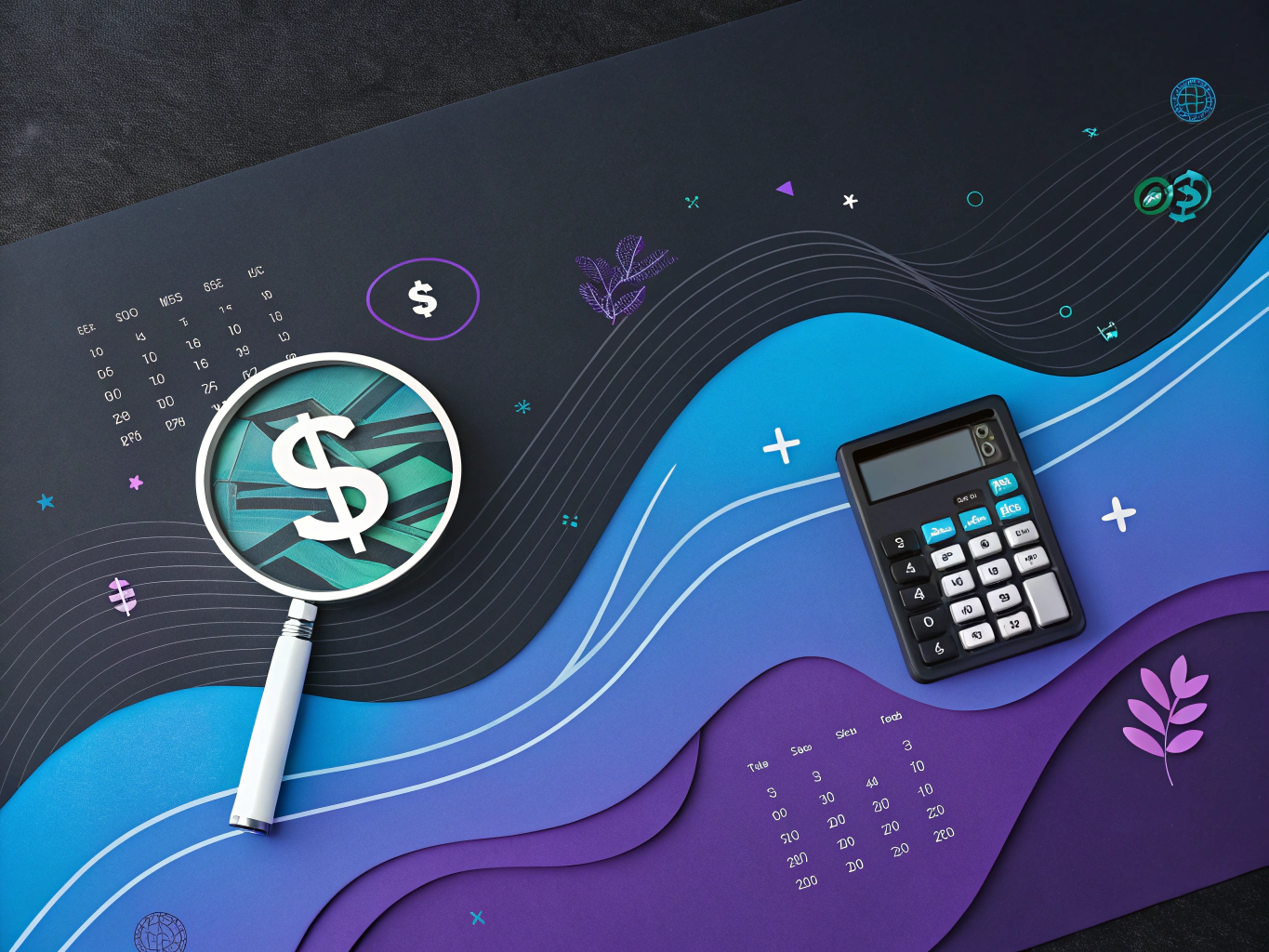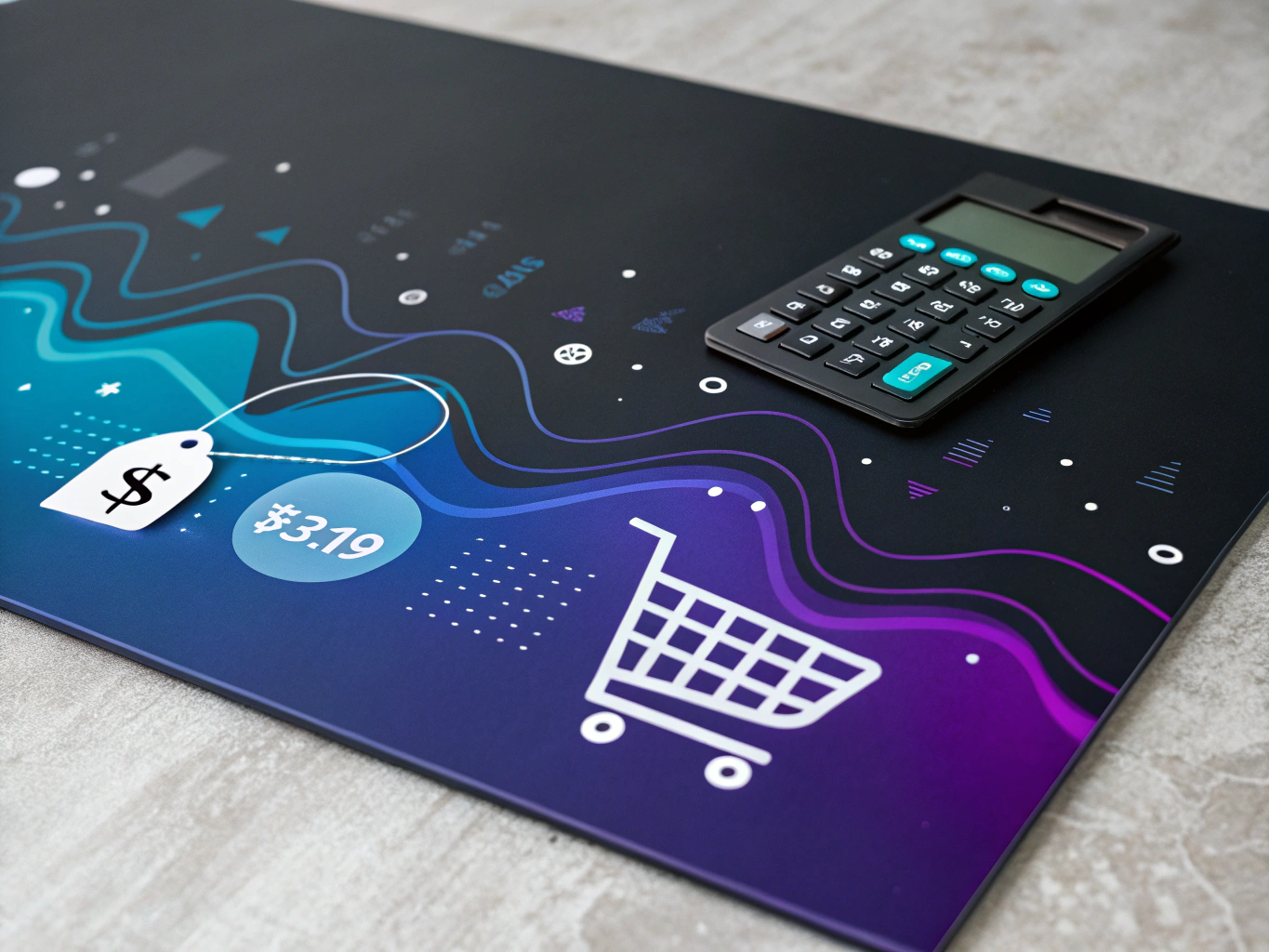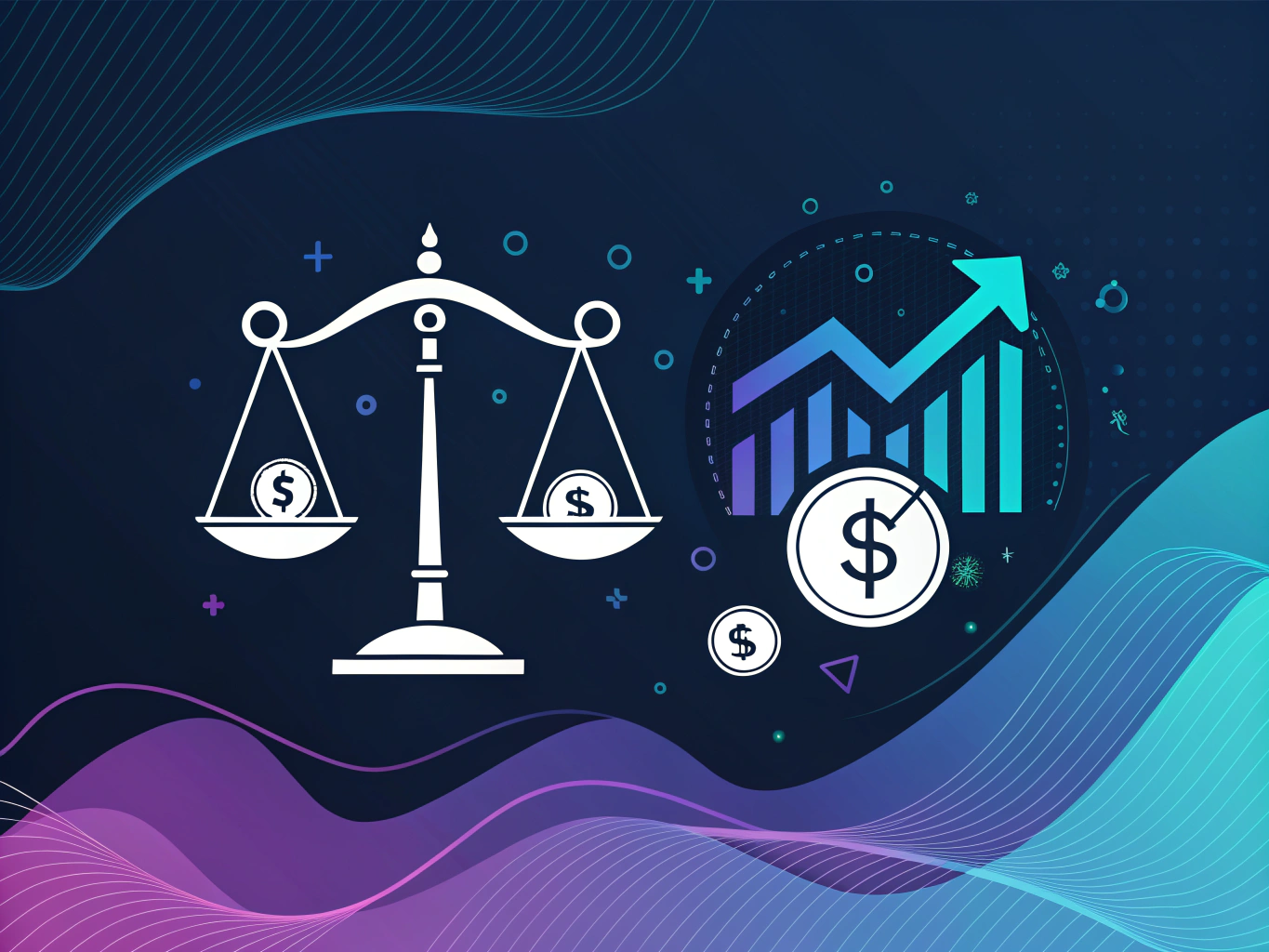The Real Story Behind Facebook Marketplace Fees in 2025
Facebook Marketplace fees have become quite the hot topic lately – and not just because Meta seems to change them as often as I change my coffee order. As someone who’s spent years helping brands navigate the choppy waters of ecommerce platforms, I’ve watched Facebook’s selling fees evolve from “totally free” to “well, it depends” to “okay, now we’re talking real money here.”

Here’s the thing: while everyone’s debating whether facebook marketplace fees are making the platform unusable, most sellers are missing the bigger picture. It’s like watching people argue about the cost of movie tickets while ignoring the fact that streaming has changed how we watch films entirely. For those interested in selling on eBay vs Amazon, similar dynamics are at play.
Understanding Facebook Marketplace Fees: The 2025 Reality Check

Let’s cut through the noise: Facebook Marketplace operates on two distinct fee structures, and this is where things get interesting. Think of it like a mullet – business in the front (shipping sales with fees), party in the back (local sales staying free). But does Facebook marketplace charge fees across the board? Not exactly. If you’re curious about other marketplaces, you might also want to learn how to buy from Shopify.
Local Sales: The Last Free Lunch in Ecommerce
When you’re selling locally on Facebook Marketplace, it’s still a zero-fee zone. Yes, you read that right – no facebook marketplace selling fees whatsoever. It’s like finding a New York parking spot without a meter – rare but beautiful. This applies when you’re:
- Meeting buyers in person
- Handling cash transactions
- Using external payment methods like Venmo or Cash App
Shipping Sales: Where Facebook Takes Its Cut
Now, here’s where facebook marketplace fees get real. As of April 2025, shipping sales come with a 10% transaction fee (minimum $0.80). This is double what it used to be, and yes, sellers are feeling it. How much does Facebook marketplace charge exactly? Let’s break it down:
- Items over $8: 10% of total sale price
- Items $8 or under: Flat $0.40 fee
The Hidden Costs Nobody Talks About
Beyond the obvious facebook marketplace payment fees, there are some sneaky costs that can eat into your profits. Is facebook marketplace free? Technically yes for local sales, but there’s always a cost – whether it’s time, effort, or opportunity. If you’re exploring business cards, check out Etsy business cards.
Time Investment and Customer Service
Here’s something most guides won’t tell you: the real cost isn’t just in the marketplace fee – it’s in the hours spent dealing with:
- No-show buyers (I’ve got stories that would make your hair curl)
- Price negotiations that feel like diplomatic summits
- Messages asking if items are available (spoiler: they usually are)
Payment Processing Realities
How to get paid on Facebook marketplace isn’t just about accepting payment – it’s about managing the whole financial ecosystem. The platform’s payment system can hold funds for several days, and disputes can freeze your money faster than a New York winter. For more insights, check Facebook’s business help.
Facebook Shop vs. Marketplace: The Platform Divide
A lot of sellers don’t realize that facebook shop fees and Facebook Marketplace fees are different beasts entirely. While instagram shop fees follow their own structure, the Marketplace has its unique quirks. It’s like comparing apples to androids – they might look similar at first glance, but the operating systems are completely different. You might also be interested in Amazon influencer requirements.
Understanding how much does it cost to sell on facebook marketplace means looking at the whole picture – not just the percentage that Meta takes, but the entire ecosystem of costs and benefits. And let me tell you, as someone who’s helped countless brands navigate this space, the landscape is changing faster than AI can generate product descriptions.
The key to success isn’t just about avoiding fees – it’s about understanding how to work within the system to maximize your returns. Because at the end of the day, the question isn’t “Can you sell on marketplace without paying?” but rather “How can you make these fees work for your business model?”
Local Sale Fees: Understanding the Basics

Here’s the thing about Facebook Marketplace fees that most guides get wrong – they try to make it more complicated than it needs to be. Like trying to explain quantum physics to someone who just wants to sell their old couch. If you’re considering other platforms, how to start an Amazon storefront could be a useful read.
Let’s start with the good news: if you’re selling locally and handling transactions in person, Facebook Marketplace doesn’t charge any fees. Zero. Nada. It’s as free as that advice your uncle keeps giving you about cryptocurrency.
Cash and In-Person Transactions: The Zero-Fee Zone
When you’re dealing with local buyers and cash transactions, Facebook marketplace fees are non-existent. Think of it as the digital equivalent of putting up a “For Sale” sign in your front yard – except your yard now extends to your entire city. You can accept cash, use payment apps like Venmo or Cash App, or even accept chocolate chip cookies as payment (though I wouldn’t recommend the latter for high-value items).
The Shipping Game-Changer
Now, here’s where things get interesting – and by interesting, I mean potentially expensive. As of April 15, 2025, Facebook marketplace selling fees for shipped items jumped to 10% of the total sale price. It’s like they looked at their 5% fee and thought, “You know what would be better? Twice that!” For a deeper dive, explore how it works and its pros and cons.
The minimum fee is $0.80 per transaction, which might not sound like much until you’re selling $8 items and watching your profits disappear faster than free samples at Costco. For items under $8, there’s a flat fee of $0.40 – Facebook’s way of saying “We care about your small sales, just not enough to make them completely free.”
Facebook Marketplace Fee Structure Deep Dive
Let’s break this down with some real numbers, because who doesn’t love a good math problem? (Don’t answer that.) If you’re exploring Shopify, learn about Shopify product photo size.
The 10% Reality Check
Selling a vintage Star Wars figurine for $100? That’s a $10 fee right there. Add shipping costs, packaging materials, and the time you spent photographing it from every possible angle, and suddenly that profit margin is looking thinner than a first-generation iPhone. For those considering other platforms, check out Amazon Creator University.
But here’s what most sellers miss: it’s not just about the fees – it’s about understanding how to work within the system. I’ve seen too many ecommerce brands throw in the towel because they couldn’t crack the Facebook marketplace payment structure, when really, they just needed to adjust their strategy.
Hidden Costs and Considerations
Beyond the obvious facebook marketplace fees, there are other costs to consider. Payment processing times can affect your cash flow. Customer service issues? You’re on your own, friend. And don’t get me started on the “is facebook marketplace free” questions that pop up when buyers try to haggle by mentioning platform fees. If you’re seeking reviews, consider learning how to get reviews on Amazon.
Strategic Fee Management
Smart sellers are adapting their strategies to these new fee structures. Some are focusing exclusively on local sales to avoid shipping fees entirely. Others are building the fees into their pricing models, treating them like any other cost of doing business. If you’re starting on Amazon, check out how to create an Amazon storefront.
Platform Comparison and Market Position
Is Facebook Marketplace still worth it with these fees? Well, that depends on your perspective. eBay charges similar fees but offers better seller protection. Amazon’s fees can make Facebook’s look like pocket change. And Instagram shop fees are essentially the same since they’re part of the Meta ecosystem. For those interested in AI, explore the best AI video generator.
The real question isn’t “how much does facebook marketplace charge” but rather “how can I make these fees work for my business model?” It’s like any other business decision – you need to weigh the costs against the benefits.
Payment Processing and Timing
When it comes to how to get paid on Facebook marketplace, the platform has streamlined the process considerably. Payments are typically processed within 5-7 business days after delivery confirmation. But remember, that 10% fee is taken out automatically – it’s like having a silent partner who doesn’t actually help with any of the work. Learn more about how Shopify makes money here.
Maximizing Profitability Despite Fees

Here’s where we get tactical. The marketplace fee structure might seem rigid, but there’s always room for optimization. Bundle items to spread the fee impact across multiple products. Use strategic pricing that accounts for fees while remaining competitive. And most importantly, understand your target market’s willingness to pay.
Think of it this way: Facebook Marketplace isn’t just a platform – it’s a tool in your ecommerce arsenal. And like any tool, its value depends entirely on how you use it. Are the fees higher than we’d like? Sure. But with 2.9 billion monthly active users on Facebook, the potential reach might just make those fees worth it.
The key is to be strategic about what you sell and how you sell it. High-margin items can absorb the fees better than low-margin ones. Local sales might work better for bulky items where shipping would eat into profits. And sometimes, the best strategy is knowing when to use a different platform altogether.
Maximizing Profitability on Facebook Marketplace
Let’s talk about the elephant in the room: Facebook Marketplace fees are going up, and sellers are feeling the squeeze. With the recent jump to 10% for shipping transactions, you might be wondering if it’s still worth your time. But here’s the thing – understanding how to work with these facebook marketplace fees (rather than against them) can make all the difference.
Smart Pricing Strategies That Actually Work
I’ve seen too many sellers try to outsmart the system by marking up prices astronomically to cover fees. Spoiler alert: it doesn’t work. Instead, consider this approach: price your items competitively while building in a reasonable buffer for fees. Think of it like playing chess – you’re planning several moves ahead. For connections, explore Amazon Creator Connections.
Here’s what’s working for successful sellers in 2025:
- Bundle similar items to spread the fee impact across multiple products
- Offer local pickup options for higher-value items where that 10% would hurt
- Use psychological pricing (like $29 instead of $30) while accounting for the minimum $0.80 fee
The Real Cost of Facebook Marketplace Fees
Does Facebook marketplace charge fees that make it impossible to profit? Not exactly. While the platform’s fees have increased, they’re still competitive when you look at the bigger picture. Compare the 10% to eBay’s 12.9% + $0.30 per order, or Amazon’s 15% for most categories.
Hidden Costs to Watch For
Beyond the obvious facebook marketplace selling fees, keep an eye on:
- Payment processing delays (can affect cash flow)
- Shipping material costs (eat into profits if not factored in)
- Customer service time (yes, your time has value)
Platform Comparison and Future Outlook

Is facebook marketplace free? Not entirely anymore. But here’s how the marketplace payment structure stacks up against competitors:
Platform Fee Comparison
- Facebook Marketplace: 10% (shipping sales only)
- Instagram Shop: Similar structure to Facebook
- eBay: 12.9% + $0.30
- Mercari: 10% + $0.30
How to get paid on Facebook marketplace hasn’t changed – it’s still straightforward. But what’s fascinating is how the platform is evolving. We’re seeing a shift toward more integrated shopping experiences, with Facebook likely to introduce new features that could justify these higher fees. For a deeper understanding of the costs involved, explore the hidden costs of selling.
Making the Final Call: Is It Worth It?
Is it worth it to sell on Facebook marketplace? That depends on your business model. For local sales, it’s still a no-brainer – you can’t beat zero facebook marketplace fees. For shipping sales, it’s more nuanced.
When Facebook Marketplace Makes Sense
Consider sticking with the platform if:
- You have a strong local customer base
- Your products have healthy margins (30%+ after fees)
- You’re selling unique items that benefit from Facebook’s social nature
When to Consider Alternatives
Maybe look elsewhere if:
- Your margins are razor-thin
- You’re selling high-value items where the 10% really bites
- You need more robust seller protections
Future-Proofing Your Marketplace Strategy
The marketplace fee landscape is shifting, and staying adaptable is key. Consider diversifying across platforms while maintaining a strong presence where your customers are most active. Can you sell on marketplace without paying fees? Absolutely – by focusing on local sales and smart platform choices.
Action Steps for 2025
Here’s your gameplan:
- Audit your current sales channels and their real costs
- Experiment with local vs. shipping sales ratios
- Build a pricing strategy that accounts for fees while staying competitive
- Consider multi-platform selling to spread risk
Remember, what is marketplace fee today might not be the same tomorrow. The key is staying informed and agile. Whether you’re just starting or scaling up, understanding and adapting to these fee structures is crucial for long-term success.
The landscape of online selling is constantly evolving, but one thing remains constant: there’s always opportunity for those who approach it strategically. Focus on building value for your customers, optimize your operations, and don’t let fees be the only factor in your platform choices.
And hey, if you’re feeling overwhelmed by all these changes – take a deep breath. The sellers who thrive aren’t necessarily the ones paying the lowest fees; they’re the ones who understand their numbers and make informed decisions. Keep experimenting, stay adaptable, and remember that sometimes the best strategy is the simplest one: provide value that makes customers forget about the fees altogether.
👉👉 Create Photos, Videos & Optimized Content in minutes 👈👈
Related Articles:
- How Does Shopify Make Money? A Complete Revenue Breakdown
- Amazon Creator University: A Complete Guide for Sellers
- Guide to Etsy Rank: Mastering Shop Performance and Visibility
Frequently Asked Questions
Does Facebook marketplace charge a fee?
Yes, Facebook Marketplace charges a selling fee of 5% per shipment or a flat fee of $0.40 for shipments of $8.00 or less. This fee is automatically deducted from your payout, covering the cost of payment processing and other related expenses.
How do I avoid fees on Facebook marketplace?
To avoid fees on Facebook Marketplace, consider arranging local pick-ups and accepting cash payments directly from buyers. This approach eliminates the need for shipping and payment processing, which are the primary triggers for fees.
Is it worth it to sell on Facebook marketplace?
Selling on Facebook Marketplace can be highly worthwhile due to its vast user base, which increases the visibility of your listings. Additionally, the platform’s low fees and ease of use make it an attractive option for both new and experienced sellers looking to reach local and national audiences.
Can you sell on marketplace without paying?
Yes, you can sell on Facebook Marketplace without paying a fee if you handle transactions in person and avoid using Facebook’s shipping and payment processing services. By coordinating direct exchanges with buyers, you can bypass the fees typically associated with online sales.
What is marketplace fee?
The marketplace fee is a charge imposed by Facebook on sales made through its platform, specifically for transactions involving shipping and payment processing. This fee is 5% of the sale price or a flat $0.40 for small shipments, and it helps cover administrative costs associated with these services.
About the Author
Vijay Jacob is the founder and chief contributing writer for ProductScope AI focused on storytelling in AI and tech. You can follow him on X and LinkedIn, and ProductScope AI on X and on LinkedIn.
We’re also building a powerful AI Studio for Brands & Creators to sell smarter and faster with AI. With PS Studio you can generate AI Images, AI Videos, Chat and Automate repeat writing with AI Agents that can produce content in your voice and tone all in one place. If you sell on Amazon you can even optimize your Amazon Product Listings or get unique customer insights with PS Optimize.
🎁 Limited time Bonus: I put together an exclusive welcome gift called the “Formula,” which includes all of my free checklists (from SEO to Image Design to content creation at scale), including the top AI agents, and ways to scale your brand & content strategy today. Sign up free to get 200 PS Studio credits on us, and as a bonus, you will receive the “formula” via email as a thank you for your time.
